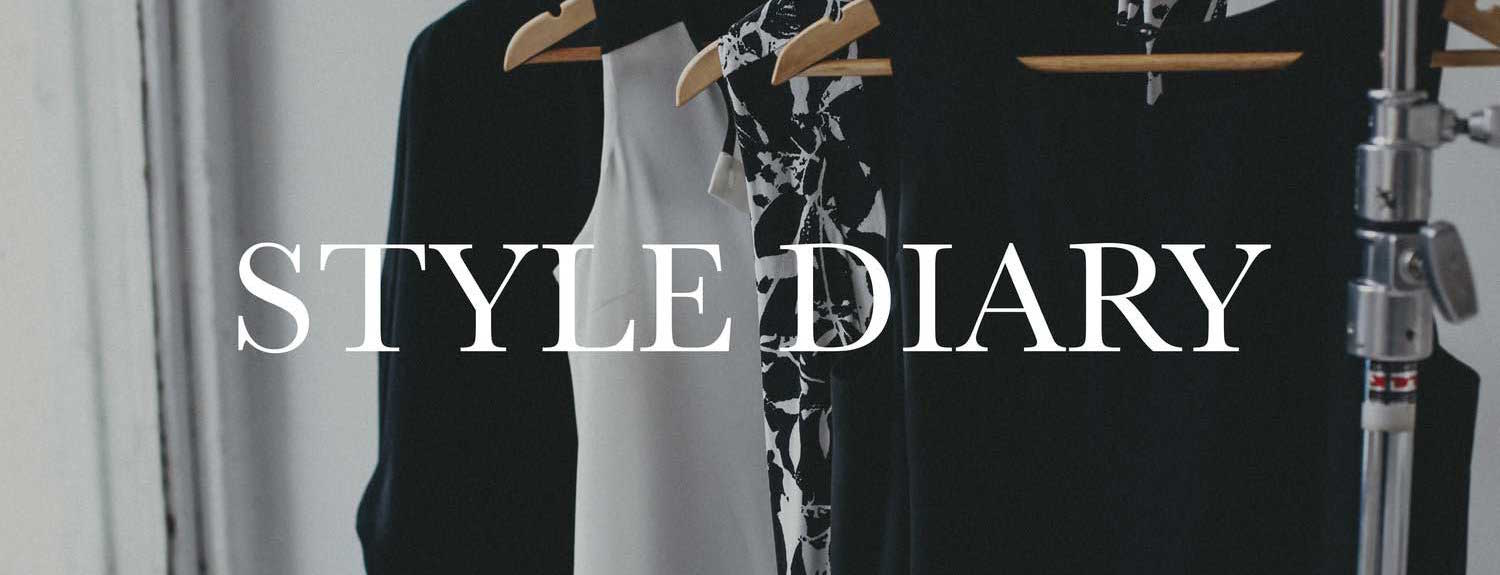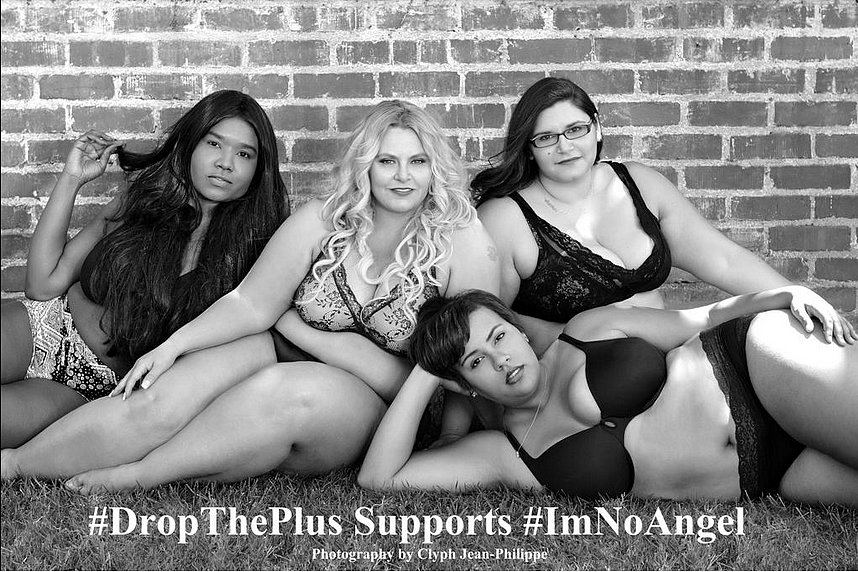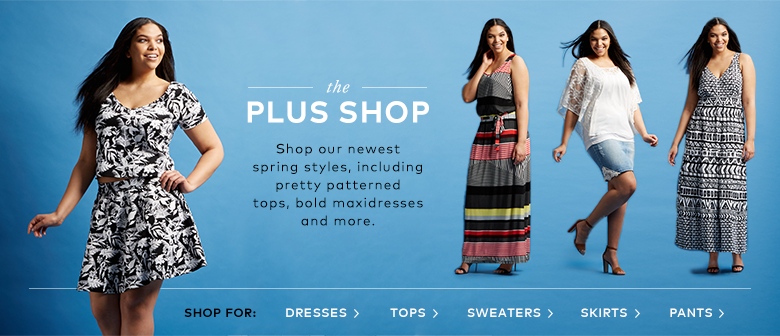There has been a major movement recently in the fashion industry to remove the term “plus-size” from its vocabulary, both in the modeling and retail realms. But what does that mean for plus-size women, models, retailers? It’s actually not as easy of a decision as it may seem.
DROP THE PLUS
The forefront of this movement is the #DropThePlus campaign. The idea that the term “plus” implies towards women that they are not the norm, but with the size of the average woman in the United States being a 14, that’s far from the truth. While they do applaud the expansion of major fashion lines to add a plus size category, the terminology seems unnecessary. Clothing lines should just extent their sizing.
The main goals of what the #DropThePlus campaign include:
- 1. The labels “plus” and “plus size” removed from the fashion industry and removed from the media reporting on it.
- 2. Retail stores to follow suit by dropping the “plus size” label and becoming more inclusive.Clothing lines should cater to a broad size range and be made to flatter different body shapes.
- 3. Models of all sizes to be used consistently, without misleading labels.
Another leader of this movement is Lane Bryant’s Linda Heasley. She has changed the stigmas and style challenges the company faced when she took the job as CEO in 2013. The average woman is 5’ 4 ½” and wears a size 12 top and a size 14 bottom. 65% of the US’s demographic fall into Lane Bryant’s demographic (Bizjournal). With so much profit potential Linda has made it a priority to transform the way the public perceives plus-size clothing options.
“There is no more “plus size” at Lane Bryant. There is only “her size.”” – Linda Heasley ,Lane Bryant CEO
“Regular” sizing isn’t even close to being that accurate anymore. Sizing can be specific to the brand and even the fit model. It can vary so greatly by store a size “8” in one can compare to a size 4 to 12 in other stores.
A-lister Melissa McCarthy’s new fashion line is made in mind to abolish the size cut off all together by including sizes 4 to 28, so “All women can shop together”. “[Malls] segregate plus-size [women],” said McCarthy. “It’s an odd thing that you can’t go shopping with your friends because your store is upstairs hidden by the tire section.” McCarthy is set to launch her own brand in August of 2015, to be sold in Bloomingdales and Nordstrom.
KEEP THE PLUS
On the other side there are plus-size model, bloggers and industry professionals who disagree with the #droptheplus campaign. They have claimed the “plus” as part of their identity and don’t want to let it go so easily.
Some see it as simply a term to describe the fit and sizing of the clothing, no different than a petite clothing section. But it’s true, plus-size clothing often fits and is made differently than other lines. If a retailer offering the same clothing just in a larger size, it wouldn’t necessarily fit right. Plus-sized blogger Allison McGevna agreed, telling Refinery29 “Banning the term ‘plus size’ in fashion would be as arbitrary as banning ‘petite,’ ‘tall,’ ‘juniors’ or any other classification of clothing styles or cuts. The bottom line is that if you are wearing a size 14 and up, your clothing sizing is plus size.” (Refinery29) Target has been criticized for combining maternity and plus size as well as removing the section all together. If we abolish the plus-size term will larger sizes be lumped into other categories or not even included?
Others see it a a term that should be embraced, that they have worked so hard for it not be seen in a negative light. By keeping the term we are bringing attention to a group of women who have accepted their fuller figures, and making it a negative title again seems like a step backward. Marie Denee, the blogger behind The Curvy Fashionista stated, “I am not a fan of the whole ‘Drop the Plus’ hashtag movement at all. I find the ‘Drop the Plus’ both counterproductive and a bit self-serving. As someone who has been advocating for recognition in the fashion industry, I find that those who make money off the industry by modeling should not be biting the hand that feeds them. If you didn’t mind taking the job, why now have a problem for the industry you are modeling for?”
But in the end plus-size model Tess Holiday sums it up pretty well:
“Debating about a term that’s never been used in hate is a waste of everyone’s time. Let’s talk about seeing better representation for models of all sizes, all colors and races, more representation for disabled and trans people.” – Tess Holiday
The post REMOVING THE “PLUS” FROM PLUS-SIZE appeared first on Plvsh Style.


